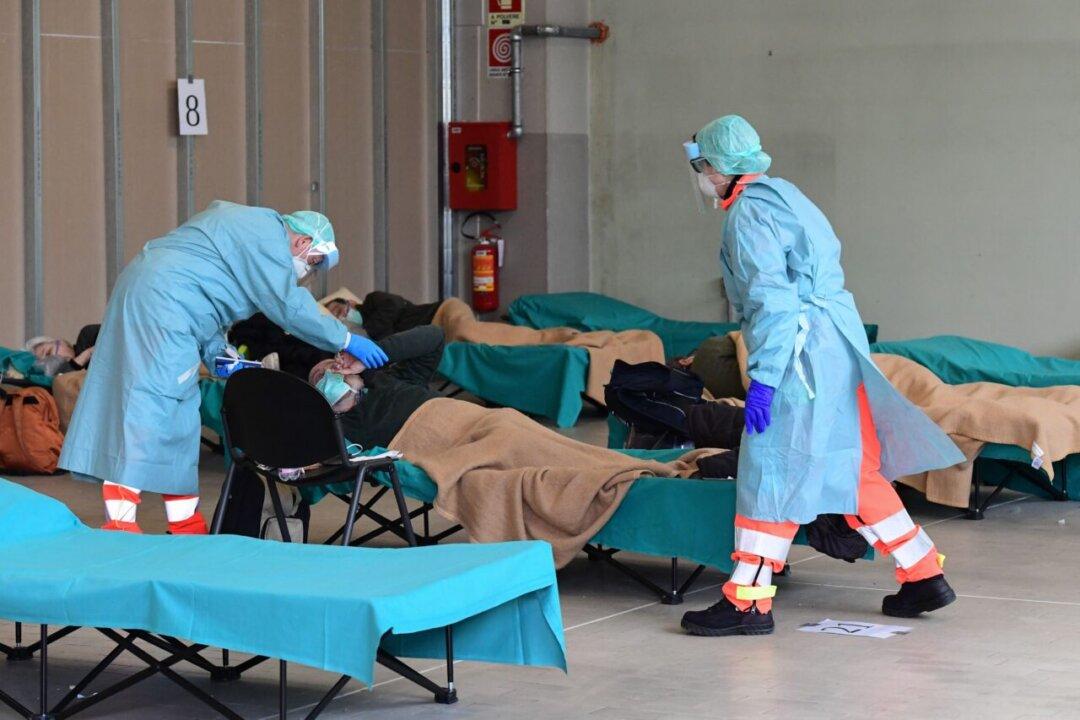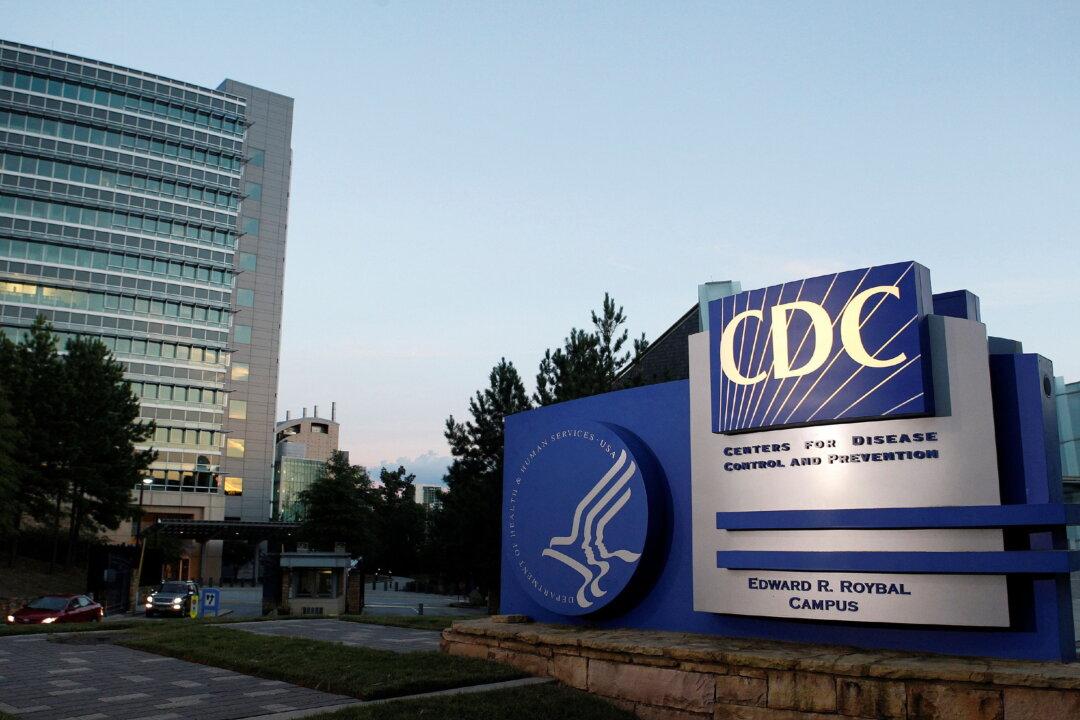While still battling the CCP virus, exhausted Italian doctors from Bergamo, the hardest hit city, say there needs to be a change in the approach to healthcare during a pandemic.
In an article published in the New England Journal of Medicine Catalyst, 13 doctors who work at the Papa Giovanni XXIII Hospital are calling for a shift away from patient-centered care as COVID-19 continues to overwhelm the country’s healthcare system.





